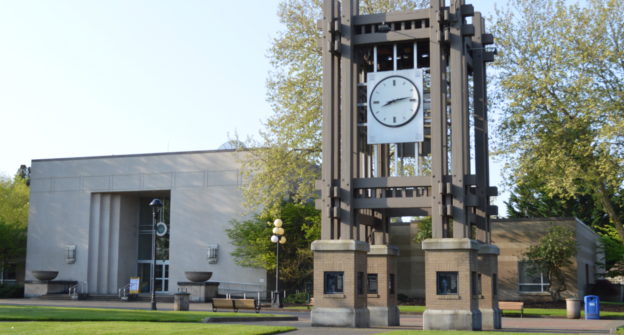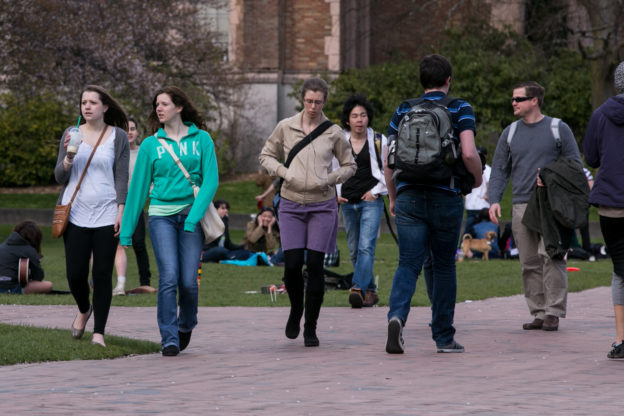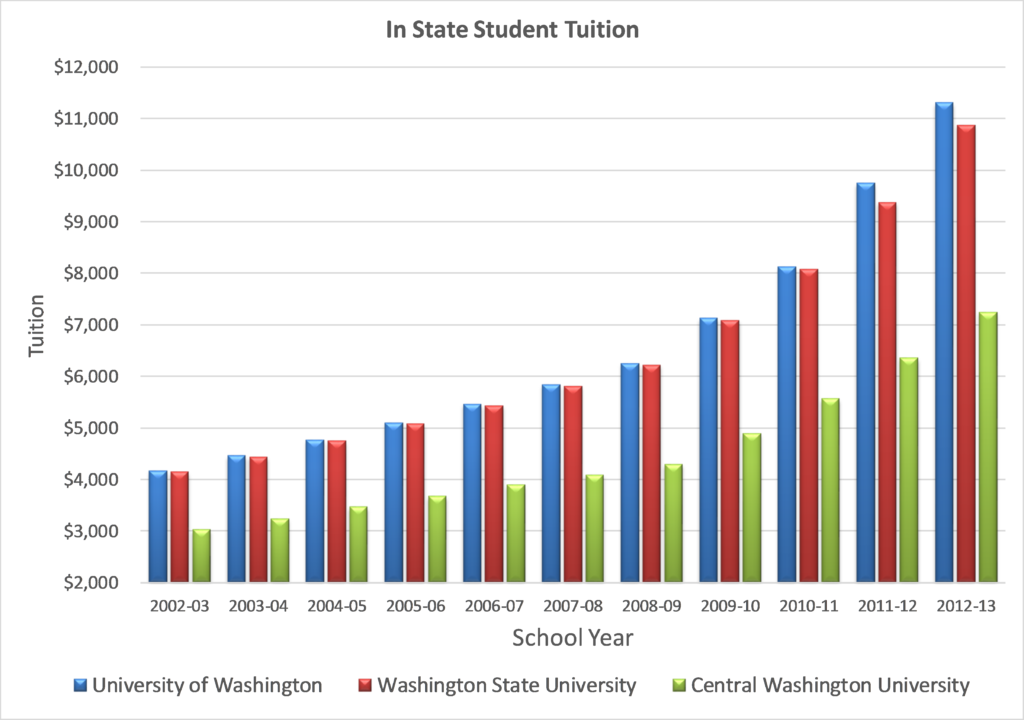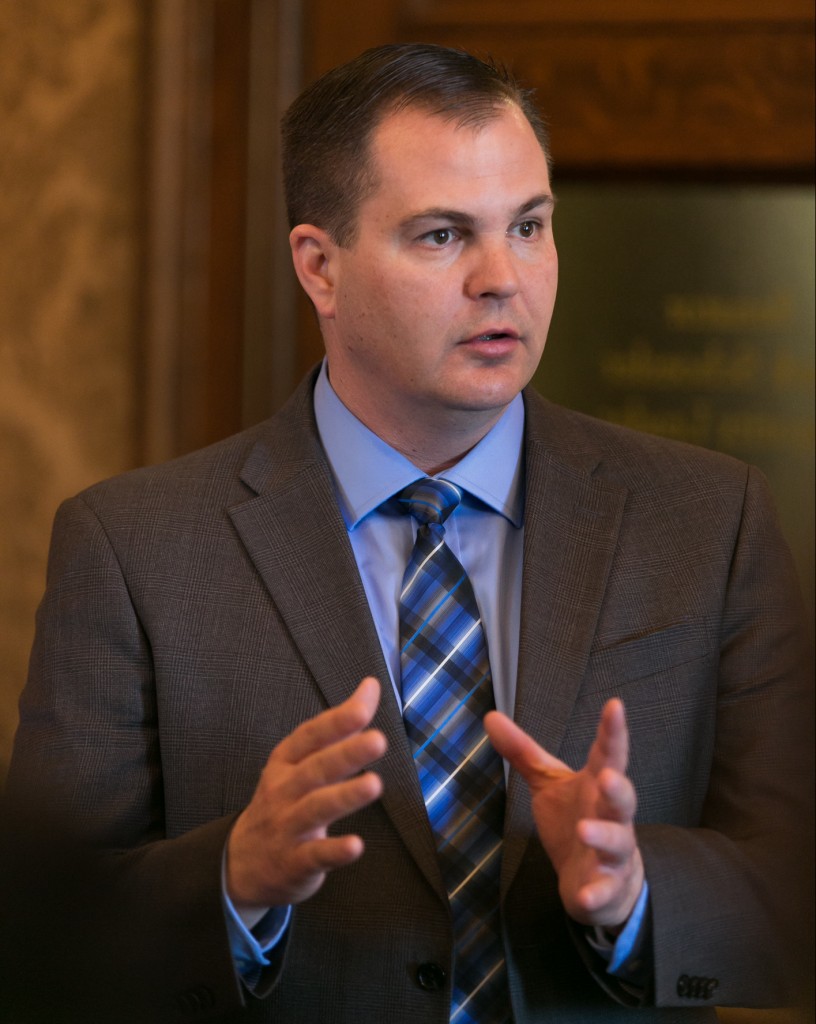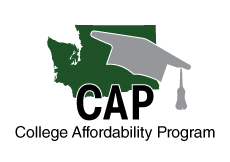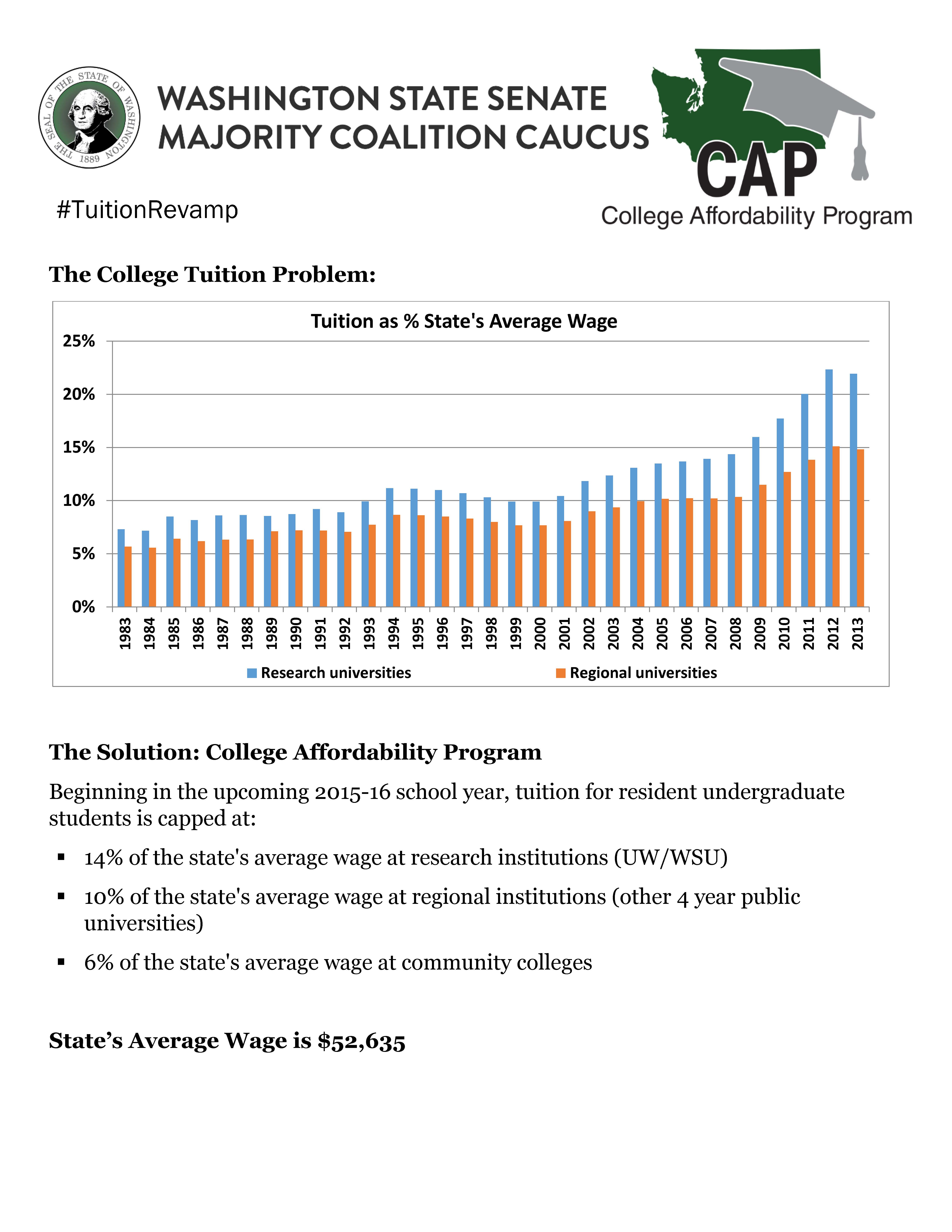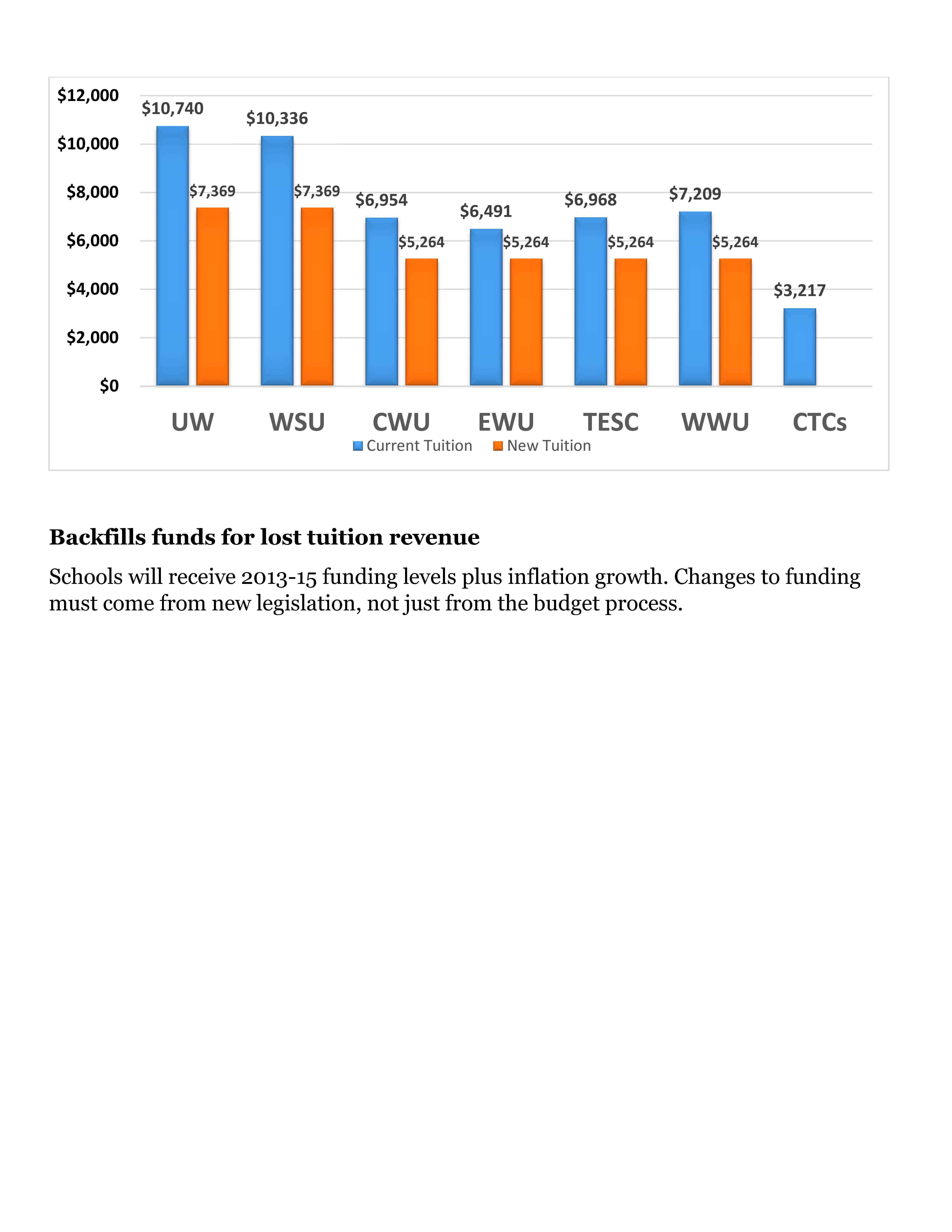 CENTRALIA… Senate Republican Leader John Braun says the renewed debate about the rising cost of college tuition is the one good thing about the Biden administration’s move to write off hundreds of billions of dollars in outstanding college loans.
CENTRALIA… Senate Republican Leader John Braun says the renewed debate about the rising cost of college tuition is the one good thing about the Biden administration’s move to write off hundreds of billions of dollars in outstanding college loans.
Braun, prime sponsor of 2015’s historic College Affordability Program, offered the following comment about Washington’s history of controlling tuition costs and whether a state-level version of the Biden loan-forgiveness is possible.
“No amount of spin from President Biden and others can make this bailout fair for working people who couldn’t afford to go to college and those who already paid their own way. It also does absolutely nothing to increase access to higher education going forward.
“Students wouldn’t rack up as much debt if tuition was lower. When Republicans led the state Senate we immediately reprioritized spending to freeze in-state tuition at the state-run two- and four-year schools. Two years later we successfully proposed the first tuition cut in Washington history, and the only tuition reduction in the nation. But since one-party rule returned to Olympia our Democratic colleagues have had other priorities, and tuition is climbing again.
“This year the current majority jammed a new state-run college-loan program through, even though our state already offers nation-leading financial support to students who want to attend college. In light of the Biden administration’s move, we need to consider the possibility that Washington taxpayers will someday be forced to ‘forgive’ loans made through this state program. That would be just as unfair.
“When the Legislature’s next regular session comes around, I expect Washington families will still be facing higher prices for everything while state government sits on a mountain of cash. The next state budget needs to address the affordability crisis in our state, and Republicans will make sure that debate includes making college more affordable so students incur less debt.”












